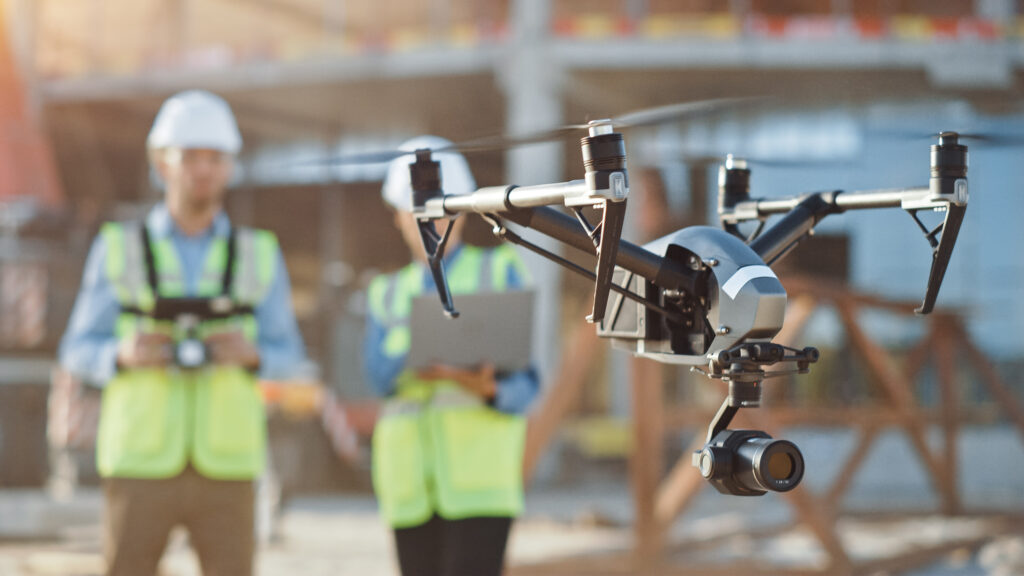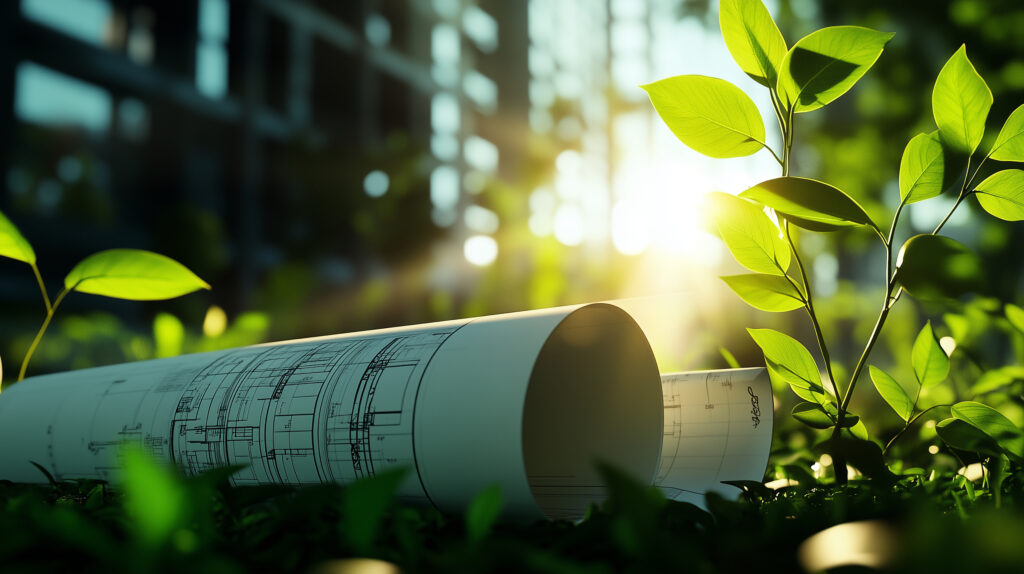The construction industry is evolving rapidly to address the growing demand for sustainable and energy-efficient practices. With advancements in technology, eco-friendly construction gadgets are playing a pivotal role in reducing environmental impact while enhancing efficiency and productivity. Here’s a closer look at some innovative tools and technologies shaping the future of sustainable construction.
Solar-Powered Construction Tools
Harnessing the power of the sun has become a game-changer in the construction industry, offering an eco-friendly alternative to traditional energy sources. Solar-powered construction tools are essential for projects aiming to reduce their carbon footprint and operate sustainably. One of the most impactful devices in this category is as solar generators, which provide clean energy to power small tools and equipment on construction sites. Unlike diesel generators, solar generators emit no greenhouse gases and significantly lower energy costs over time.

Another crucial application of solar energy in construction is through solar-powered lighting. These lights offer a reliable and eco-friendly way to illuminate work areas during nighttime operations or in locations without access to grid electricity. They reduce dependency on conventional energy sources while ensuring worker safety. Additionally, solar-powered sensors are widely used in smart building projects. These sensors monitor energy consumption, environmental conditions, and optimize the usage of resources, contributing to efficient and sustainable construction practices. Together, these solar-powered tools exemplify how renewable energy can revolutionize construction sites, minimizing costs and environmental impact.
Eco-Friendly Building Materials

The integration of eco-friendly building materials into construction projects is a critical step toward reducing environmental impact. Advanced gadgets and machines are now enabling the use of sustainable materials more efficiently and innovatively. 3D printers for recycled materials are a leading example. These machines utilize recycled plastics or sustainable composites to create durable building components, reducing waste and conserving natural resources. By turning waste into usable products, 3D printers promote circular economy principles in construction.
Bricklaying robots are another groundbreaking innovation, programmed to work with eco-friendly bricks and mortar. These robots enhance precision and reduce material wastage, making construction processes faster and more sustainable. For thermal insulation, insulation blowers play a vital role. These tools are designed to install sustainable insulation materials such as cellulose (often made from recycled paper) or wool, ensuring energy efficiency in buildings. By incorporating these eco-friendly building technologies, construction companies can lower their carbon footprint while creating high-performance, sustainable structures.
Drone for Site Management

Drones have emerged as indispensable tools in the construction industry, streamlining operations while minimizing environmental impact. Their ability to perform site surveys and mapping has revolutionized traditional construction practices. Equipped with advanced imaging technologies, drones can quickly map large areas, eliminating the need for frequent site visits by personnel and reducing vehicle emissions. This efficient approach not only saves time but also cuts fuel consumption significantly.
In addition to mapping, drones equipped with thermal imaging cameras are instrumental in identifying energy leaks and insulation inefficiencies in buildings. This allows construction teams to address energy performance issues early, ensuring that buildings meet energy efficiency standards. Furthermore, material delivery drones are becoming increasingly popular. These small but powerful devices can transport lightweight materials to difficult-to-reach locations, cutting down on the need for heavy machinery and fuel consumption.
By integrating drones into site management, construction projects can achieve greater efficiency, cost savings, and sustainability. Their versatility and low environmental footprint make drones a vital component of modern eco-friendly construction strategies.

